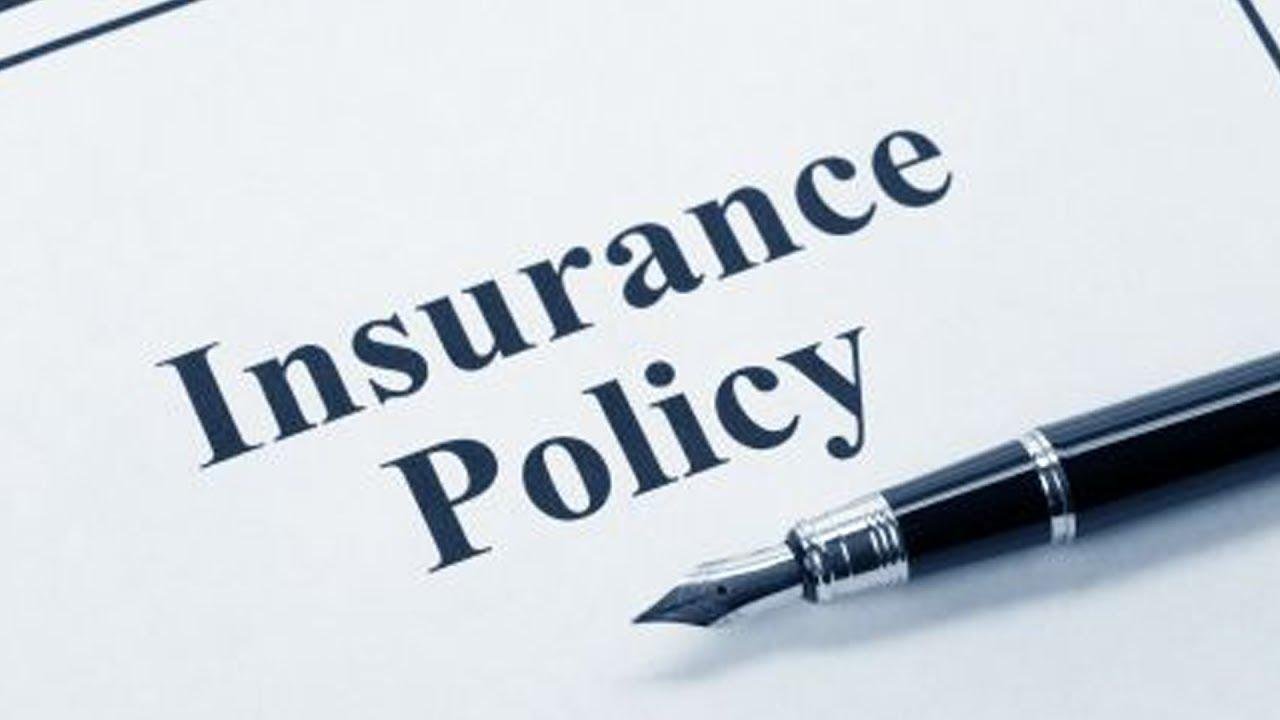The immediate focus is usually on recovering physically and emotionally. But once the dust settles, financial realities come into play. One of the most crucial factors influencing how much compensation an injured party can realistically obtain is something called policy limits.
Understanding how to research policy limits and why they matter is essential for any claimant. This knowledge helps set realistic expectations, strengthens negotiation strategies, and ensures that no avenues of recovery are left unexplored.
What Are Policy Limits?
An insurance policy limit is the maximum amount an insurance company will pay for a covered claim. These limits are typically expressed in two ways:
Per-person limit – the maximum amount payable to any one individual injured in an accident.
Per-accident limit – the total maximum payout for all claims arising from a single incident.
For example, an auto liability policy may have a $50,000 per-person limit and a $100,000 per-accident limit. If multiple people are injured, the insurer will not pay more than $100,000 total, no matter how high the combined damages are.
Knowing these numbers helps claimants understand the ceiling of what they might recover from a particular insurer.
Why Policy Limit Research Matters
For a claimant, researching policy limits is not just about curiosity—it directly impacts case value and strategy. Here are the main reasons:
Sets Expectations: If your medical bills are $150,000 but the at-fault party has only $50,000 in coverage, you’ll know from the outset that you may need to explore other recovery sources.
Guides Settlement Negotiations: Attorneys can negotiate more effectively when they know the available coverage. If policy limits are low, a “policy limits demand” may pressure the insurer to settle quickly.
Prevents Surprises: Without this research, a claimant might spend years pursuing litigation only to discover there’s insufficient coverage to satisfy a judgment.
Identifies Additional Coverage: Policy limit research sometimes uncovers umbrella policies, excess liability coverage, or other sources that can significantly increase recovery.
How to Discover Policy Limits
Unfortunately, insurers don’t always disclose their insured’s policy limits upfront. Still, there are multiple strategies to uncover them.
1. Requesting Voluntary Disclosure
In some states, claimants or their attorneys can simply write a letter requesting policy limit disclosure. Certain jurisdictions require insurers to provide this information upon request, though the rules vary.
2. Pre-Litigation Tools
Where voluntary disclosure is not mandatory, attorneys may still obtain this information through negotiation. For example, they might provide documentation of serious injuries and request limits to facilitate settlement discussions.
3. Litigation Discovery
If a case proceeds to court, policy information can typically be obtained through formal discovery. Interrogatories, requests for production, or depositions often yield details about insurance policies.
4. Public Records and State Databases
Some states maintain databases for certain types of insurance coverage (such as commercial motor carriers). A skilled attorney may access these to confirm coverage levels.
5. Other Avenues
Occasionally, claimants can uncover coverage by reviewing corporate records, contracts, or even prior cases involving the same defendant.
Common Misconceptions About Policy Limits
Many claimants have assumptions about policy limits that don’t always hold true. Here are a few misconceptions to be aware of:
“The insurance company must pay my full damages.”
Insurers only pay up to the policy limit, regardless of the total damages. Anything beyond that may require pursuing the defendant’s personal assets or other sources.
“I can’t recover more than the policy limit.”
While the insurer’s liability stops at the limit, additional recovery may be possible through umbrella policies, multiple defendants, or third-party claims.
“High policy limits guarantee a big settlement.”
A higher limit only means more potential coverage. Actual recovery depends on the strength of your claim, proof of damages, and liability arguments.
“Policy limit research is unnecessary if I trust the insurer.”
Insurers are not obligated to volunteer information in many cases. Without research, you risk leaving significant compensation undiscovered.
Policy Limits and Settlement Demands
Once policy limits are known, attorneys often make what’s called a policy limits demand. This is a settlement offer requesting the insurer pay the full amount of coverage in exchange for releasing the insured from further liability.
This tactic serves several purposes:
It demonstrates seriousness and puts pressure on the insurer.
If the insurer refuses and a jury later awards more than the policy limit, the insurer may face “bad faith” exposure for failing to protect its insured.
It often accelerates settlement in cases of catastrophic injury where damages far exceed coverage.
For claimants, this strategy can maximize recovery quickly and avoid prolonged litigation.
The Role of Umbrella and Excess Policies
One of the most overlooked aspects of policy limit research is identifying umbrella or excess liability policies.
Umbrella policies provide additional coverage above and beyond standard limits. For example, someone with a $100,000 auto liability policy might also carry a $1 million umbrella policy.
Excess policies function similarly but may apply only after specific underlying policies are exhausted.
Failing to investigate these potential sources could mean leaving substantial compensation on the table.
What Claimants Should Do
For claimants navigating a personal injury claim, here are key steps regarding policy limits:
Hire Experienced Counsel – Attorneys know how to obtain policy information legally and effectively.
Request Disclosure Early – Don’t wait until litigation is advanced to ask for policy details.
Document Serious Damages – Showing evidence of high medical bills or permanent injuries can encourage insurers to disclose limits sooner.
Explore All Possible Coverage – Beyond the primary insurer, investigate umbrella policies, multiple defendants, or third-party liability.
Stay Realistic – If damages exceed policy limits, understand that full compensation may not be possible without other recovery sources.
Practical Example
Imagine a claimant injured in a car crash with medical expenses of $250,000. The at-fault driver has a liability policy of $50,000 per person.
Without policy limit research: The claimant may pursue litigation for years, expecting a six-figure recovery, only to discover late in the process that coverage is capped at $50,000.
With policy limit research: Early discovery of the $50,000 limit informs strategy. The attorney files a policy limits demand. The insurer, fearing exposure to a bad faith claim, pays the full $50,000 promptly. The attorney then explores whether the claimant’s own underinsured motorist coverage can provide additional compensation.
The difference is night and day—research saves time, reduces frustration, and maximizes the potential payout.
Conclusion
Policy limits may not be the most exciting aspect of a personal injury claim, but they are one of the most critical. Understanding the maximum amount available, knowing how to uncover it, and exploring all possible coverage options can make the difference between a disappointing recovery and a successful one.
For claimants, policy limit research provides clarity, empowers negotiation, and ensures that no stone is left unturned in the pursuit of fair compensation. Whether handled personally or through experienced legal counsel, it is a vital step every injured party should take.



